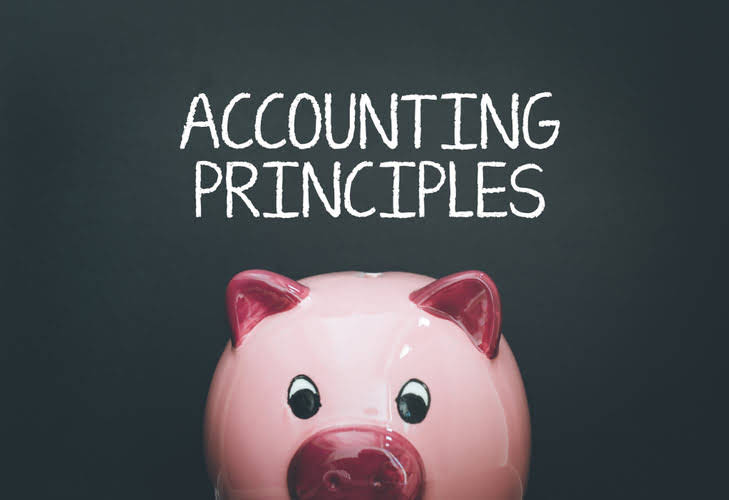What the Percent of Sales Method Is and How To Use It

Let’s say we have a company named Electronics Inc. that sells its products on credit. Based on its past experiences and knowledge of its customers, the company estimates that 2% of its credit sales will not be collectible. Frank wants to see the percentage of sales for his expenses specifically so he goes back to his initial amounts and sees that expenses totaled $20,000, or 20% of revenue. Liz’s final step is to use the percentages she calculated in step 3 to look at the balance forecasts under an assumption of $66,000 in sales. Next, Liz needs to calculate the percentage of each account in reference to her revenue by dividing by the total sales. There are five basic steps to the percentage of sales method formula.
Understanding Bad Debt Expense and Its Impact on Businesses
Sales percentage refers to the percentage of sales of a certain item contributing to an organization’s total sales. It is calculated by dividing the total sales of an item by the total revenue to get the percentage of the sale. Make sure to manually adjust these non-linear items for a truly more accurate and realistic forecast, improving your overall percentage accuracy and understanding of current sales.

The HubSpot Customer Platform
- Fortunately, if you know how to track your business’s bad debts and calculate the bad debt expense, you can stay one step ahead.
- Calculating bad debt expense is crucial for accurate financial statements and effective credit management.
- The percentage of receivables method is similar to the percentage of credit sales method, except that it looks at percentages over smaller time frames rather than a flat rate of BDE.
- And whatever problems will happen will then roll out into the equity section after we close out the temporary accounts.
- Companies with credit sales will want to keep tabs on their accounts receivable to ensure bad or aged debt isn’t building up.
- While the Direct Write-Off Method may be used in certain situations for simplicity or tax purposes, it is generally not preferred under GAAP.
These are typically accounts receivable that have been outstanding for an extended period, and after exhaustive efforts to collect, the company concludes that these debts will not be paid. Uncollectible accounts arise in the normal course of business and are an inherent risk of extending credit to customers. Using tools like the accounts receivable aging helps companies predict and prepare for bad debt. It’s about following GAAP principles and ensuring reliable financial reporting. Record the journal entry for a bad debt expense by debiting your bad debt expense account and crediting QuickBooks ProAdvisor allowance for doubtful accounts. When you decide to write off the account, debit allowance for doubtful accounts, then credit the relevant receivables account.
How to Calculate Percentage of Sales in Excel (4 Examples)

One of the biggest credit sales is to Mr. Z with a balance of $550 that has been overdue since the previous year. Sales percentage refers to the percentage of sales of a certain item to a company’s total sales. Simply apply the established historical percentages to your new, carefully prepared sales forecast for these accounts, including your accounts payable. This entire process helps you clearly visualize your business’s future performance and potential financial health, especially with a clear percentage breakdown.
- The term bad debt refers to these outstanding bills that the business considers to be non-collectible after making multiple attempts at collection.
- So probably most people focus more on on making the balance sheet correct.
- You can much better plan for anticipated growth periods and navigate potential challenges with confidence, especially when you need to forecast sales.
- The Percent of Sales Calculator is a useful tool for businesses and individuals to find out the proportion of a specific sales item relative to total sales.
- A common pitfall is assuming all accounts maintain a fixed percentage relationship to total sales.
- In these cases, the services or products have been delivered, the invoices sent, but the payment never arrives.
For advanced lead generation to boost your sales, consider tools like Scrupp, which can help you gather data for better forecasting. This article explores a powerful and practical way to predict your company’s financial future with greater accuracy. With changing budgets and different needs every month, it’s important to know where your money is going and how it affects future earnings.

Use this Excel/Google Sheet template to calculate your sales percentage growth. Determine the percentage increase or decrease in your sales over time with our sales percentage calculator, so you can track your progress and make informed decisions. Investing in products or services with a good sales percentage can get you percentage of sales method a higher ROI. For example, give discounts or coupons that entice customers to make a purchase. You can even run a free trial on your services or promise a money-back guarantee if they aren’t satisfied with your product.
Failing to do so means that the assets and net income may be overstated. Under this approach, businesses find the estimated value of bad debts by calculating bad debts as a percentage of the accounts receivable ending balance. Any business that offers sales on credit runs the risk of being unable to collect on some of its debts. When this does happen, it’s essential that you understand the steps to record a bad retained earnings debt expense in an accounting entry. Ultimately, I think the percent of sales method is a convenient but flawed process of financial forecasting. So in here, we have a different type of allowance account under the two methods.

This practice ensures your financial reports reflect your company’s true economic status. The bad debt reserve plays a big role in this, making sure your business looks financially healthy. The historical records indicate that an average of 5% of total accounts receivable becomes uncollectible. This is recorded as a debit to the bad debt expense account and a credit to the allowance for doubtful accounts. The unpaid accounts receivable that are written off are credited with a corresponding debit to the allowance account.
- It’s especially important in retail, e-commerce, and any business model that relies on product sales.
- Businesses can effectively use this method to set clear and achievable targets for increasing sales performance.
- One way to change this ratio is by managing levels of sales and costs.
- If this percentage were 20% the previous year, Panther Tees’s management team would like to know why procuring the t-shirts costs more.
- For advanced lead generation to boost your sales, consider tools like Scrupp, which can help you gather data for better forecasting.
- The percentage of sales method estimates bad debt expense based on a percentage of total credit sales, focusing on the income statement.
Organizing the data before calculating can improve the process’s efficiency and accuracy. It is one of the fastest to prepare a company’s financial forecast. Moreover, the technique can offer high-quality estimates for items that closely correlate with sales. Businesses utilize the results of this technique to make necessary adjustments for the future depending on the financial outlook.

